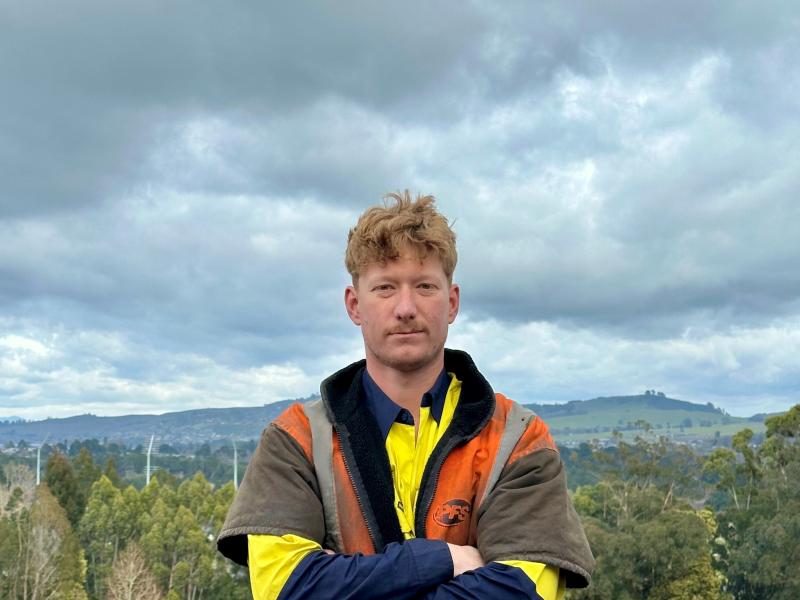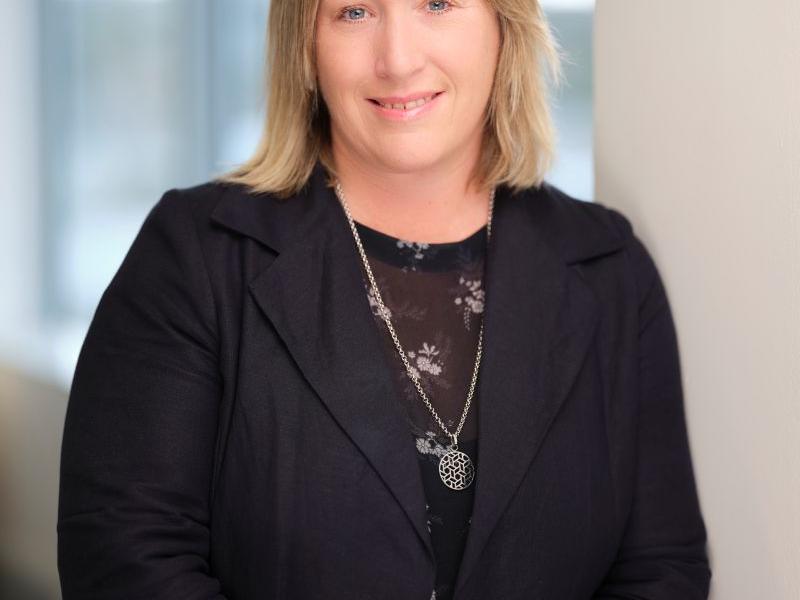Thousands of disabled workers are set to help fill a growing skills shortage in New Zealand industries, following the release of new research.
The report, written by disabled researchers and commissioned by Hanga-Aro-Rau and Waihanga Ara Rau, the Workforce Development Councils for the manufacturing, engineering and logistics (MEL) and, construction and infrastructure sectors, comes following Stats NZ data showing the workforce participation rate for disabled adults has declined from 45% to 44.7% over the past decade, while the rate for non-disabled adults has increased from 72% to 84.1%.
Disabled adults, along with Maori, Pacific Peoples, and women, are underrepresented in these industry sectors and are among the target populations that have been identified as essential to filling workforce shortages.
Government figures also show a fiscal benefit of $1.45 billion if the participation rate of disabled people in the labour market was equalised.
A planned $54 billion Crown investment in developing the nation’s infrastructure as well as construction and MEL sector growth is set to see the combined industry skills gap widen by 51% to reach more than 432,000 workers by 2028.
The number of disabled adults in New Zealand represents a potential pool of more than 268,900 workers for these industries.
The ‘Let’s Level Up’ study, which surveyed more than 300 employers and disabled workers throughout the regions to identify the barriers preventing a disability-inclusive workforce within the construction, infrastructure and MEL sectors, found many workers did not disclose they had a disability for fear of job loss or limitations to their career.
Researchers also found that, where efforts were being made to increase the number of disabled people in an organisation through an individual's goodwill, this often reinforced the view of disability employment as charitable rather than an expected workforce feature.
The study showed employment processes often overlooked qualified disabled workers, often requiring them to utilise non-traditional pathways to enter the workforce, such as family connections or job placement support. Tangata whaikaha Maori and disabled Pacific people were among those who were less likely to benefit from these alternative pathways and faced further barriers to employment, with researchers noting that racism, sexism and ageism have a cumulative effect on disabled people.
Almost two-thirds (63%) of employers had never, or were unsure if they have, had a conversation about disability or considered employing more disabled people. Less than a quarter (23%) of managers said they followed disability-inclusive recruitment practices.
Employers also identified key barriers to growing the number of disabled workers including a lack of suitable jobs, cited by 56% of managers. In addition, a lack of physical accessibility and a lack of knowledge of how to support disabled people and their recruitment were listed as barriers by 40% and 36% of respondents respectively. Other barriers identified by a seventh (13%) of employers included the presence of negative attitudes toward disabled people in the workplace and organisational cultures that make disability disclosures unsafe.
Employers were also asked what interventions would make it easier for disabled workers to be hired, with the provision of more knowledge about disabled people in the workplace the most commonly requested mechanism for increasing their employment, requested by a third (32%) of those surveyed. The need for ongoing support of both the employer and the disabled worker for six months after hiring was raised by 29% of managers. Almost a quarter (23%) of employers said they needed more legal advice around their obligations for hiring disabled workers, along with financial support when taking them on.
Director of the Donald Beasley Institute and University of Otago Research Associate Professor Brigit Mirfin-Veitch says the report provides a framework for understanding the complex interplay of individual impairments and societal factors in shaping the experiences of disabled people.
She says the research shows the most significant barrier to employing disabled people is attitudinal.
“In recent years we’ve made some progress in involving disabled people across the employment spectrum, but the statistics still show a stark reality. Disabled individuals remain significantly underemployed and are far more likely to be unemployed compared to other New Zealanders.
“Some of the sectors covered in this study form the last frontier for the inclusion of disabled workers. These aren't the industries that disabled people are expected to contribute to.
“This research shows that disabled people can and should be a part of industry. While there is a perception that there are a lot of barriers to employing disabled people, the study’s findings show that they can typically be accommodated.
“A truly inclusive workplace doesn't just accommodate disabilities on a case-by-case basis, it's about being open to disability and showing everyone that diversity is embraced.
“The next step is to use these research findings to start a conversation between disabled people and employers. Together, they can co-design pathways and plans to make these industries more inclusive,” she says.
Samantha McNaughton, Hanga-Aro-Rau deputy chief executive, says the study is the first to compare the experiences of people with disabilities and employers within their industries.
“This research will be the very tip of the iceberg as we explore how the employment of disabled people could be improved, particularly within the construction, infrastructure, manufacturing, engineering and logistics sectors where the skills shortage is growing by the day.
“Ultimately this research has to achieve collective action. There needs to be a joint responsibility with a cross-government arrangement around improving the working experiences of people with disability. Our employers also need to think and do differently to be able to address the chronic skills crisis,” she says.
Erica Cumming, Waihanga Ara Rau GM Engagement & Partnerships, says the face of the construction sector is changing and is providing more opportunities for disabled people.
She says in addition to recruiting from outside the sector it is also necessary to improve retention rates for those who become disabled during their career in the sector.
“Advancements in technology are transforming the construction sector, making it more inclusive for disabled workers. An operator can now control a crane from the ground using a joystick, making the role accessible to someone in a wheelchair.
“Changes like the adjustment in wiring colouring has benefited colour-blind electricians and learning sign language on noisy job sites are further examples of how the industry is evolving to accommodate a more diverse workforce.






